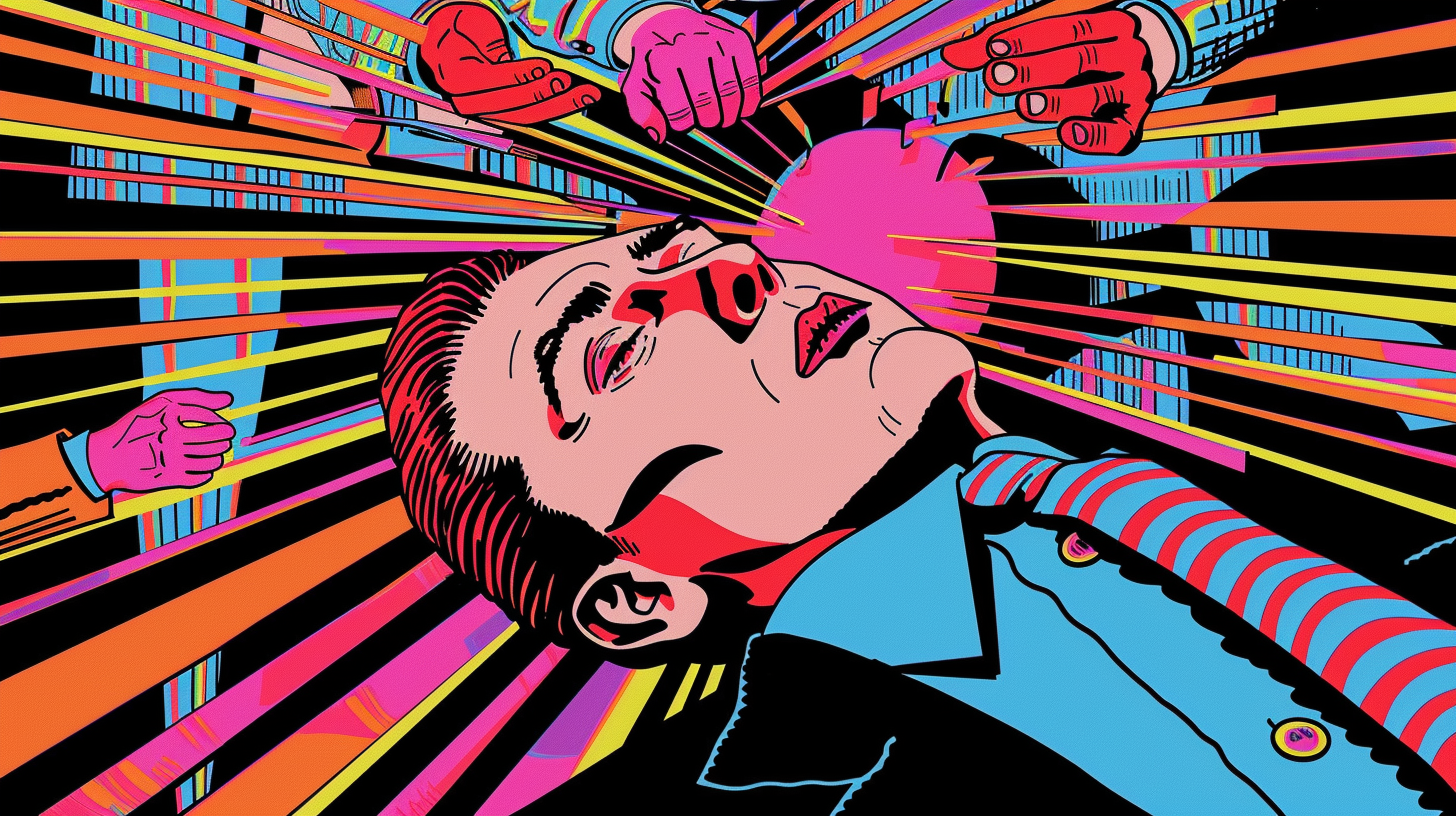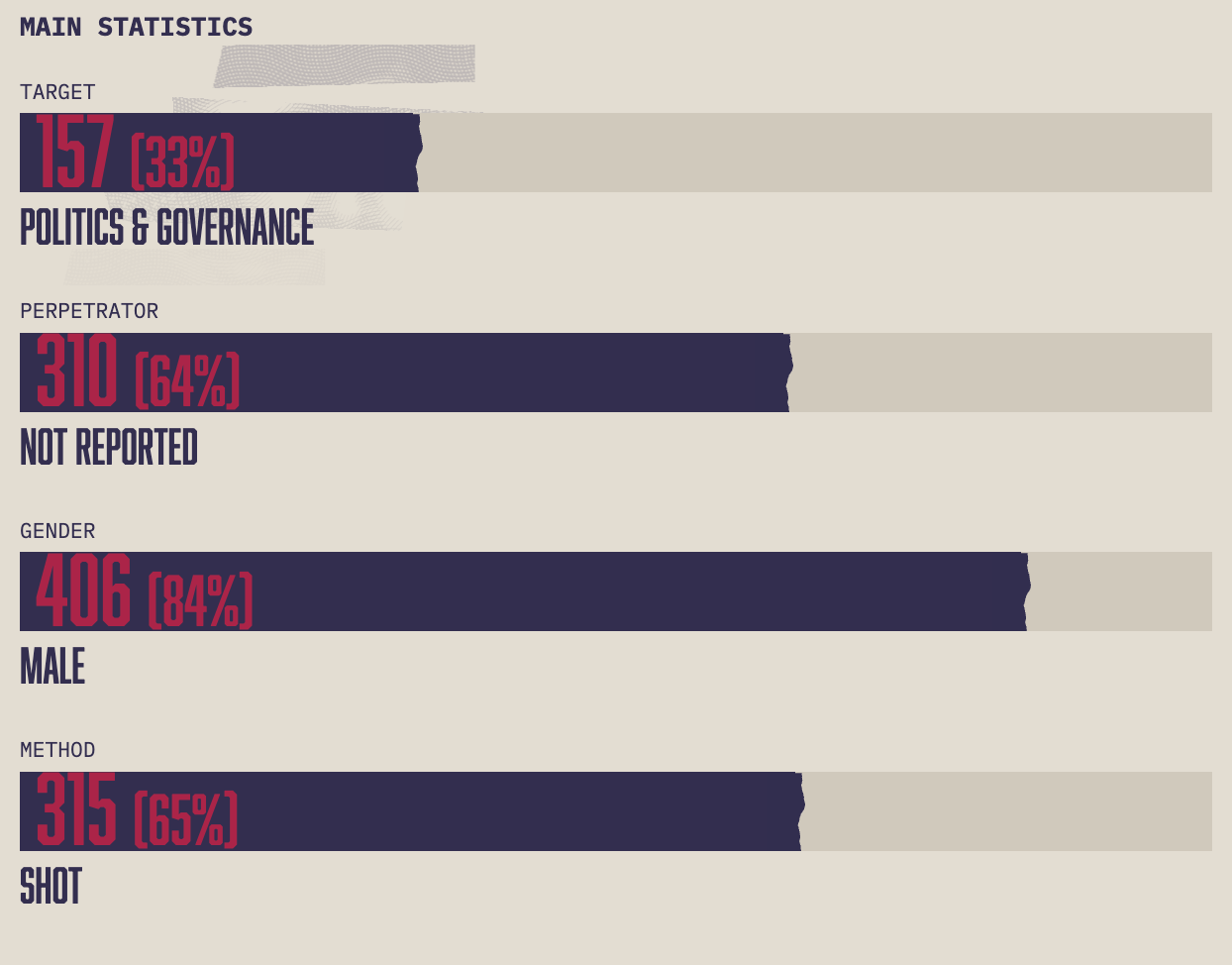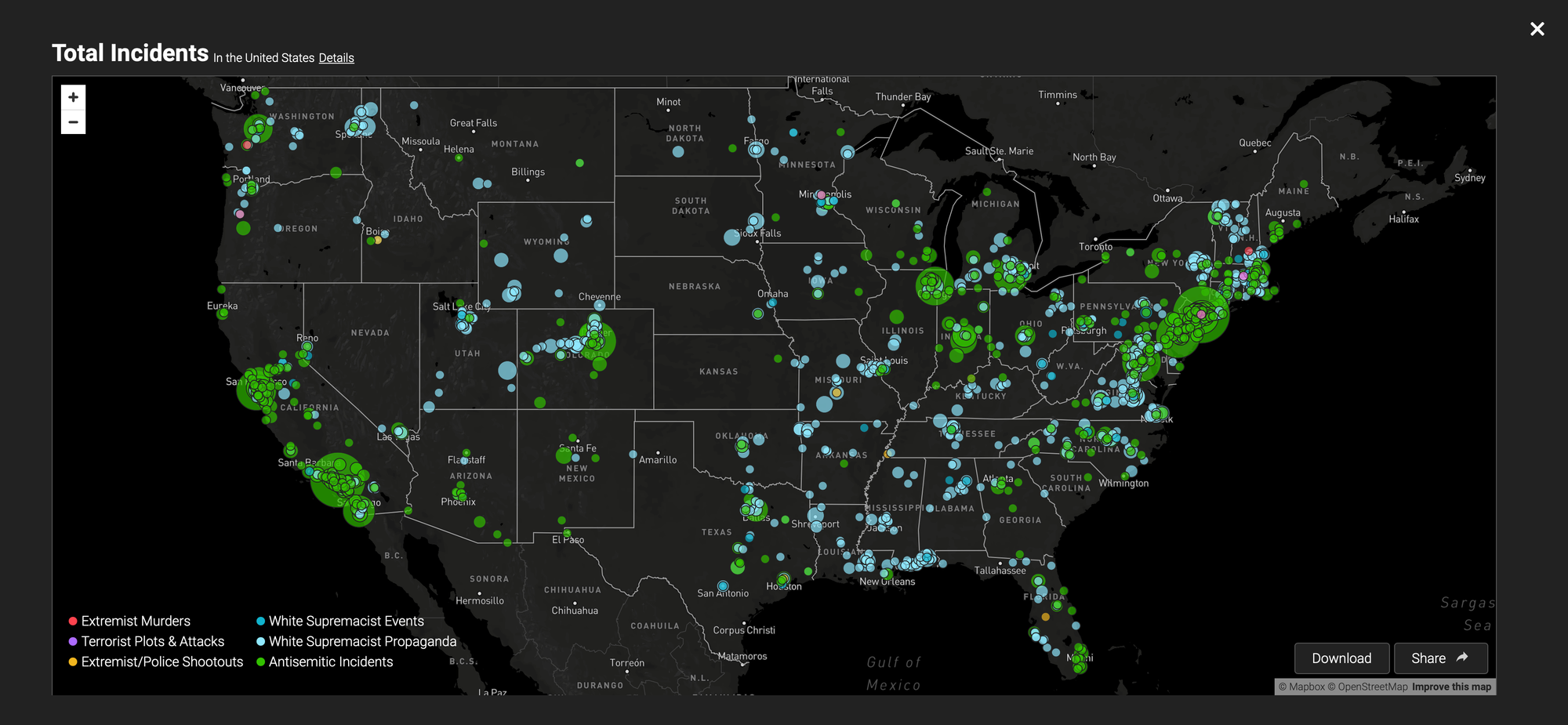The psychology behind the Trump Assassination attempt 🧠

Over the weekend, someone tried to kill Donald Trump. Thomas Matthew Crooks, a 20-year-old man from Pennsylvania, sourced an automatic rifle, climbed onto a roof during one of Trump’s rallies, crawled to the edge and opened fire.
He hit Trump in the ear but killed a man and critically injured two others. State records show that Crooks was a member of the Republican party, the same party Trump represents. The FBI reports he seemed to be a quiet, studious man to those who knew him. He helped out at a local nursing home.
Whatever your politics, 99.9% of people don’t feel an intense need to plan, organise and attempt to kill someone else. And even fewer attempt to kill a public figure with a Secret Service detail that killed Crooks before he could kill Trump. So what happens to this unique bunch? What is unique about this small group in society that reaches for extreme means to commit extreme ends?
Well, in this week’s Brink, I’m going to try and find out.
Dial M for Murder 🗡️

Diving into the literature behind why people try to kill other people, you’re immediately hit with the obvious stuff:
- A desire for anarchy
- Personal revenge
- The person was ‘wronged’ in some way
- Moral depravity - newspapers seem to like this one.
- Lack of conscience
Motives for killing people are vast: from acts of terrorism to domestic violence to self-defense, to in some cases, a desire to hurt anyone within range. But assassinations are unique in their rarity.
That’s because the technical definition of assassination, according to Merriam-Webster is, murder by sudden or secret attack often for political reasons.
In America, four US presidents have been assassinated, and when you include Trump, three have been injured. Zooming out, the Global Assassination Monitor has a record of 2,700 cases of attempted and completed assassination attempts worldwide.
As a comparison, more people die from homicide in California and Texas per year than have been killed for political reasons.
So this particular group of killers is unusual. But some work has been done to try and understand their motives.
A means to an unfortunate end 😡

There appear to be four key motives when it comes to assassination attempts:
- Political
- Economic
- Personal
- Organized Crime
Some 63% of all assassinations are politically motivated. Crooks attempted to kill a politician at a political rally, so we’ll be drilling down into this category a bit further as it appears to have been the primary reason he was there.

According to the Global Assassination Monitor again, the vast majority are male (84%) and use a gun (71%). The majority too are not members of armed groups, organised crime, or hitmen. They are regular citizens of the country they live in. So far, so Crooks.
So if the young man fits a broad category of people who tend to carry out assassinations, what is it that pushes them to pull the trigger? The simple answer is, it’s very hard to know.
Of course, there are things that may increase the chances someone may do such a thing: abusive family life, breakdown in key relationships, or sudden change in circumstances (loss of employment for example).
In the United States, it’s believed between 60 and 80 percent of prisoners are known to have suffered serious physical and/or sexual abuse prior to their crimes. Some psychologists will point to biological factors that might mean someone is more likely to kill than others.
One study looked at a large group of over 800 incarcerated male criminals and found that those who had committed homicide showed markedly decreased grey matter – nerve cell tissue – in the frontal cortex, the part of the brain often associated with rational thinking and suppression of instinctive or compulsive behaviour.
But while these things may increase the chances someone might do it, understanding what combination of factors pushes someone from shy and retiring to changing world events remains elusive.
Political beliefs 🇩🇯

While the dust has yet to settle over the motives for Crooks - so far there is little on his political leanings. I wanted to look at other assassinations to see if there was a commonality. To save time, I’m focusing on the US and Europe, within the last 30 years where the perpetrator and information about their life was known.
- 2009 - Scott Roeder, an anti-abortion extremist shot and killed George Tiller an American physician known for offering late-state abortions.
- 2011 - Jared Lee Loughner, a conspiracy theorist known for his extreme views on government shot John Roll a chief judge.
- 2015 - Dylann Roof, a white supremacist, shot can killed Clementa Pinckney, a South Carolina Senator.
- 2003 - Mijailo Mijailović killed Anna Lindh, a politician and lawyer. It was believed Mijailović had attended political rallies by far-right-leaning groups.
- 2019 - Stephan Ernst shot Walter Lübcke, a local German politician. Ernst was known to be a neo-Nazi extremist.
- 2016 - Thomas Mair shot and stabbed British politician Jo Cox. He also held neo-Nazi sympathies.
These have been cherry-picked among homicides that didn’t have clear political motivations. But when we zoom out, over the last decade, the far-right movement was responsible for 73.3% of all extremist murders in the United States.
Last year, domestic extremists that identify as right-wing, killed at least 17 people in the US, in seven separate incidents, according to the Anti-Defamation League (ADL). If you look at events that did not lead to death, the picture becomes more stark.

This is the ADL’s brilliant H.E.A.T. Map™ (Hate, Extremism, Antisemitism, Terrorism), it tracks political and ideologically fuelled events across America. The two colours dominating this map? Antisemitic incidents and White Supremacist events. What does this show? What we believe plays a significant role in how likely we are to commit violence against someone else.
When our politics uses hate to win votes, it can be an easy distraction from the hard, often dull work of running a country. Across America and Europe, far-right groups have used this strategy with devastating effect.
Therapy, psychology, and how the mind works tend to shy away from politics. But when people feel so strongly about what they believe that it leads them to hurt other people, maybe we should all start paying a bit more attention.
Things we learned this week 🤓
- 💃🏼 The Taylor Swift effect: how the popstar’s struggle with body image affects her fans.
- 📱 Smartphone addiction is being found in children as young as 2 now.
- 💔 Loneliness has a profound impact on memory loss.
- 😔 Young adulthood is no longer one of life’s happiest times.
Just a list of proper mental health services I always recommend 💡
Here is a list of excellent mental health services that are vetted and regulated that I share with the therapists I teach:
- 👨👨👦👦 Peer Support Groups - good relationships are one of the quickest ways to improve wellbeing. Rethink Mental Illness has a database of peer support groups across the UK.
- 📝 Samaritans Directory - the Samaritans, so often overlooked for the work they do, has a directory of organisations that specialise in different forms of distress. From abuse to sexual identity, this is a great place to start if you’re looking for specific forms of help.
- 💓 Hubofhope - A brilliant resource. Simply put in your postcode and it lists all the mental health services in your local area.
I love you all. 💋





